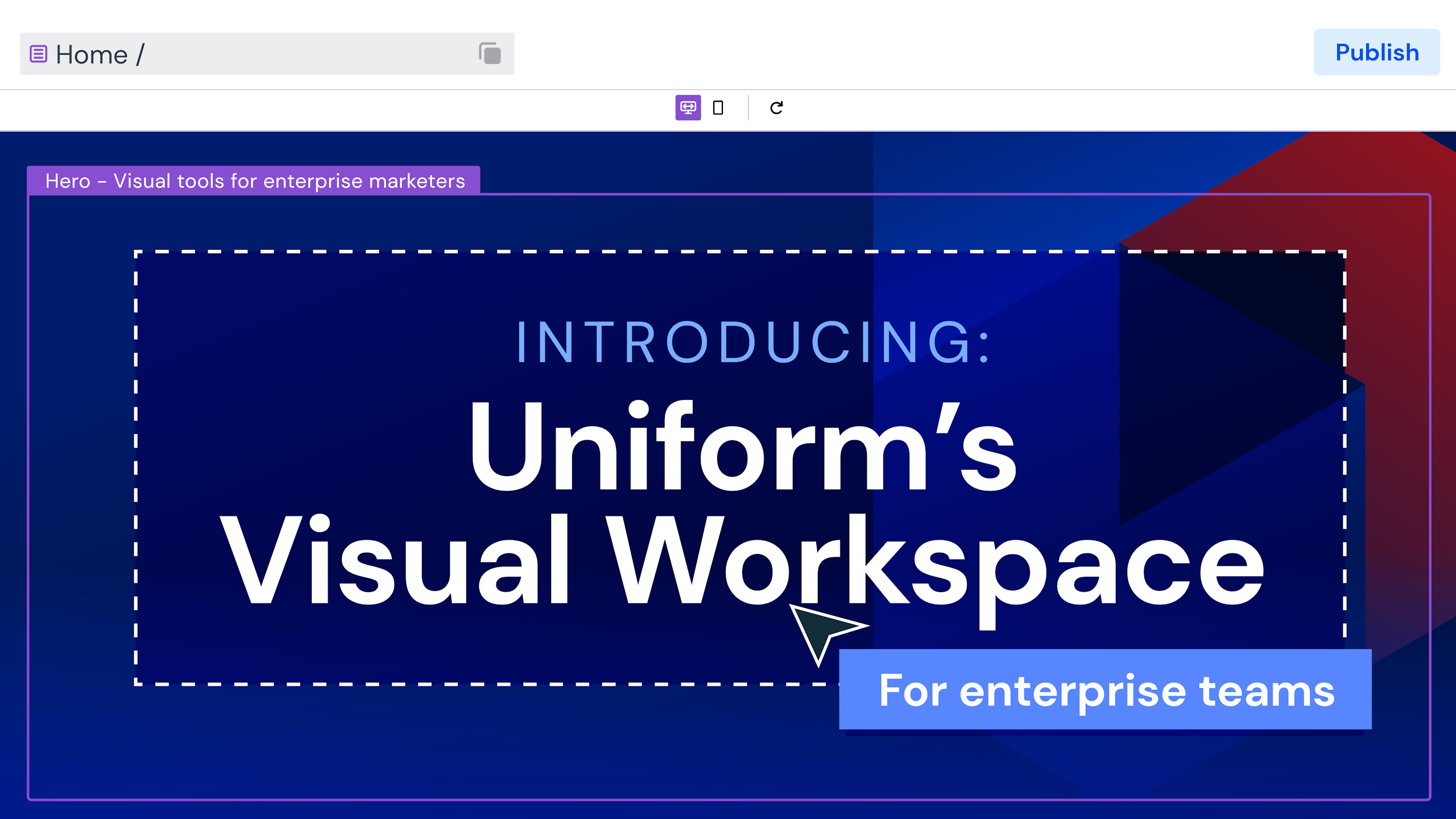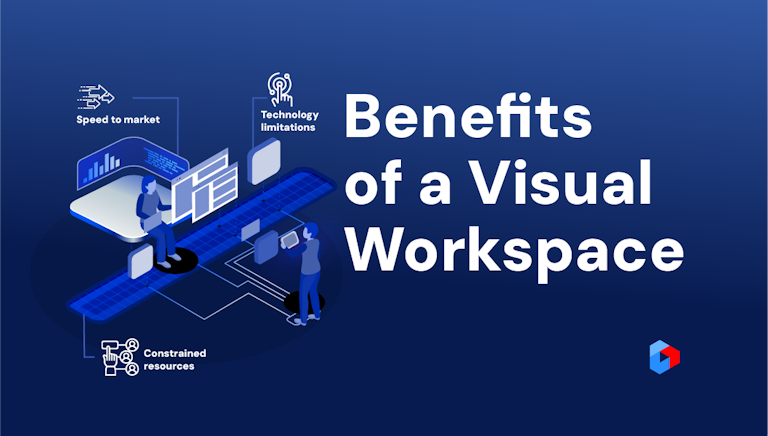Uniform blog/Is migrating to Sitecore XM Cloud worth considering?
Is migrating to Sitecore XM Cloud worth considering?
Is migrating to Sitecore XM Cloud worth considering?
Sitecore has announced a new product called XM Cloud, a web content management system (CMS) that offers the best of the two primary CMS architectures: a headless CMS’s front-end flexibility and the monolithic CMS’s capabilities for authoring content and experience. Sitecore is changing its focus to composable, and the availability of XM Cloud benefits customers who are interested in the new direction.
The background behind the switch from monolithic to composable
Sitecore believes that the future of digital-experience management is composable. That means that brands can select the products they prefer from the vendors of their choice, and that those products can work together to support the entire production lifecycle of digital experience. Since Sitecore offers most of the products brands typically need for that lifecycle, brands can rely on Sitecore as their only vendor.
However, a composable approach varies from the monolithic approach on which Sitecore XM and XP are based. With the monolith, all those features are a part of Sitecore itself, and you cannot separate, remove, or update them without replacing the entire system. Given today’s requirements for digital experiences, the monolithic’s disadvantages greatly outweigh its advantages. Not surprisingly, therefore, companies like Sitecore, whose flagship product is a monolith, are embracing the composable approach.
The challenges of switching to Sitecore XM Cloud
Brands are well aware of the differences between the composable and the monolithic approach. Vastly different are the products, the pricing model, and the way in which sites are built, deployed, and delivered. By embracing Sitecore’s new direction, brands are in for major changes.
If you are running Sitecore and would like to move to XM Cloud, be aware of the following:
- License. Sitecore XM Cloud is a new product so you must buy it.
- Features. XM Cloud offers tracking, personalization, and testing capabilities through limited versions of Sitecore CDP and Sitecore Personalize. These are included in the price of XM Cloud whether you need them or not. However, Sitecore CDP and Sitecore Personalize work very differently than traditional Sitecore, so any existing tracking, personalization, and testing must be recreated.
- Caching. Headless CMSes typically include a caching layer for efficient content retrieval. XM Cloud, being built on traditional Sitecore, has no such layer. Instead, Sitecore offers Experience Edge to provide caching for XM Cloud. Like with Sitecore CDP and Sitecore Personalize, you pay for this functionality whether you need it or not.
In addition are these technical nuances:
- Instead of simply moving your existing Sitecore sites to XM Cloud, you must rebuild them in XM Cloud, i.e., replatforming is a must.
- Local development requires containers. If your IT and development teams are not familiar with them, those teams must learn how to use and support them.
- XM Cloud’s delivery process varies from the traditional Sitecore workflow. If your sites are built with Sitecore Headless Services (JSS), the XM Cloud process will be familiar to you. Otherwise, it’s a steep learning curve to learn the new concepts and techniques.
The advantages of moving to a composable architecture with Uniform
Uniform offers a much more convenient and efficient way for moving to a composable architecture. Specifically:
- With Uniform, your Sitecore implementation is already part of a composable architecture, hence no need to upgrade to the latest version of Sitecore.
- Uniform accepts your Sitecore license, imposing no limitations on what products you use to build your front end, which hosting service you retain, and which CDN or cloud you deploy your sites to.
- Since Uniform preserves Sitecore XP’s tracking and personalization features from Sitecore XP, your business users can, with Uniform, continue to manage personalization with Sitecore’s Rule Set Editor. Also, for optimal performance with scaling, Uniform applies personalization on your preferred CDN, including Akamai and Cloudflare. Sitecore Personalize, XM Cloud’s preferred solution for personalization, is a separate product from XM Cloud. In addition, Sitecore Personalize’s client-side approach could negatively affect site performance, resulting in a lower search-engine ranking and slower user experience.
In conclusion, XM Cloud is definitely a step in the right direction for Sitecore because the benefits of composability can no longer be ignored. As much as XM Cloud offers the benefits of composability, however, customers with existing Sitecore sites have a load of tasks to tackle, including replatforming, for a switchover.
Contact us if composability is what you’re after. In particular, if you don’t want to wait or replatform, Uniform is the solution for you.








